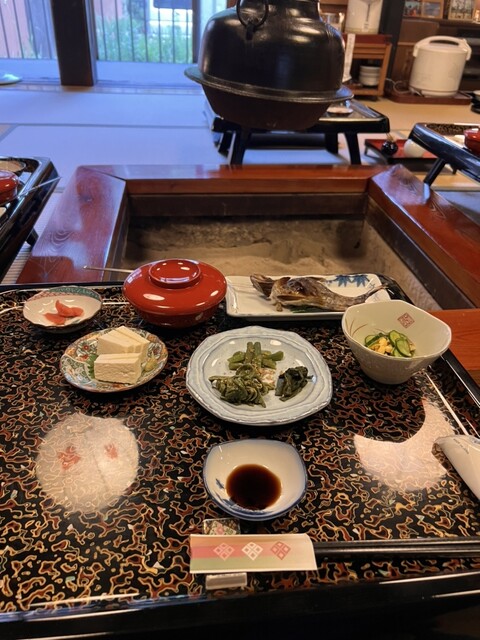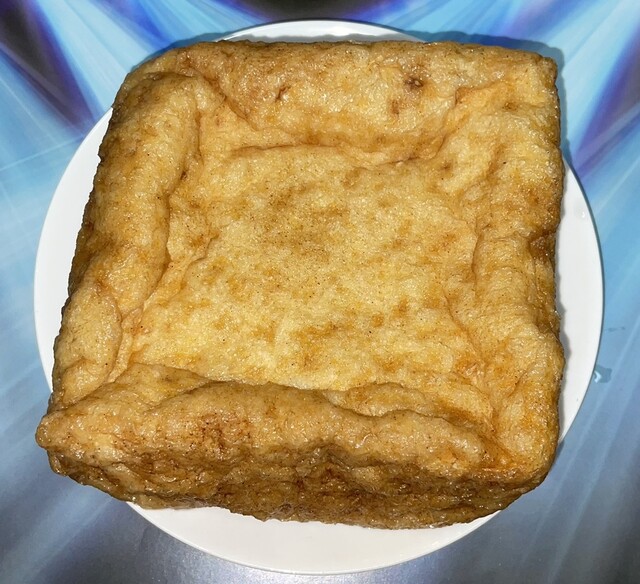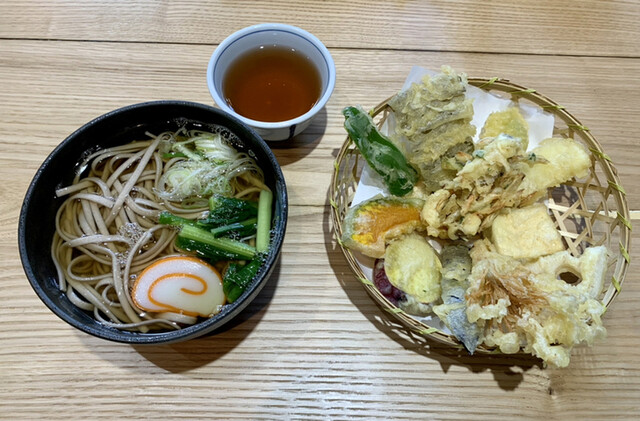
Gassho-style houses are traditional Japanese houses with steep thatched roofs that resemble hands in prayer. Among them, the Murakami House is particularly large and impressive, said to have been built during the Tensho period about 350 years ago. According to the official website, its size is "one story, four floors, gable roof with thatched roof, entrance on the gable end, 35 feet 2 inches wide, and 67 feet 5 inches deep." Currently, the first and second floors are open to the public as a folk museum.
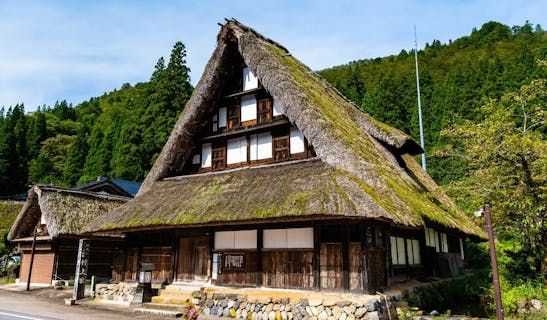


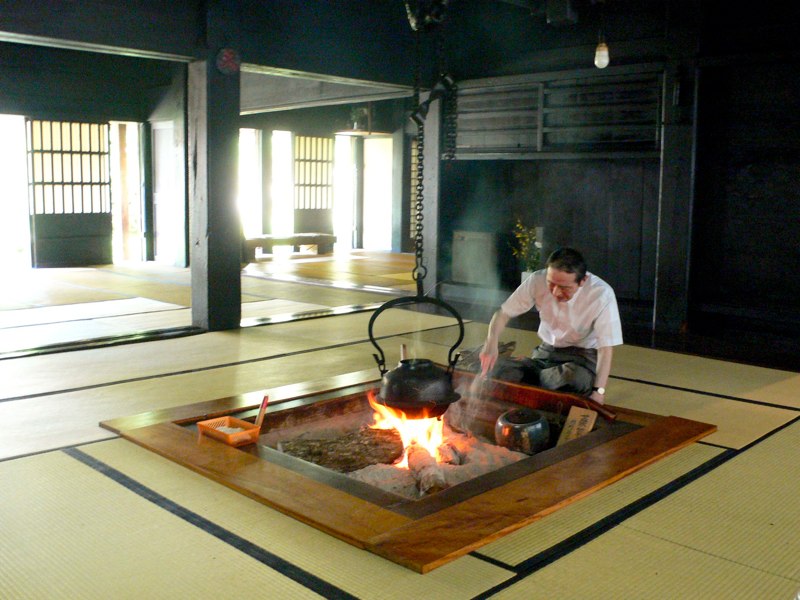
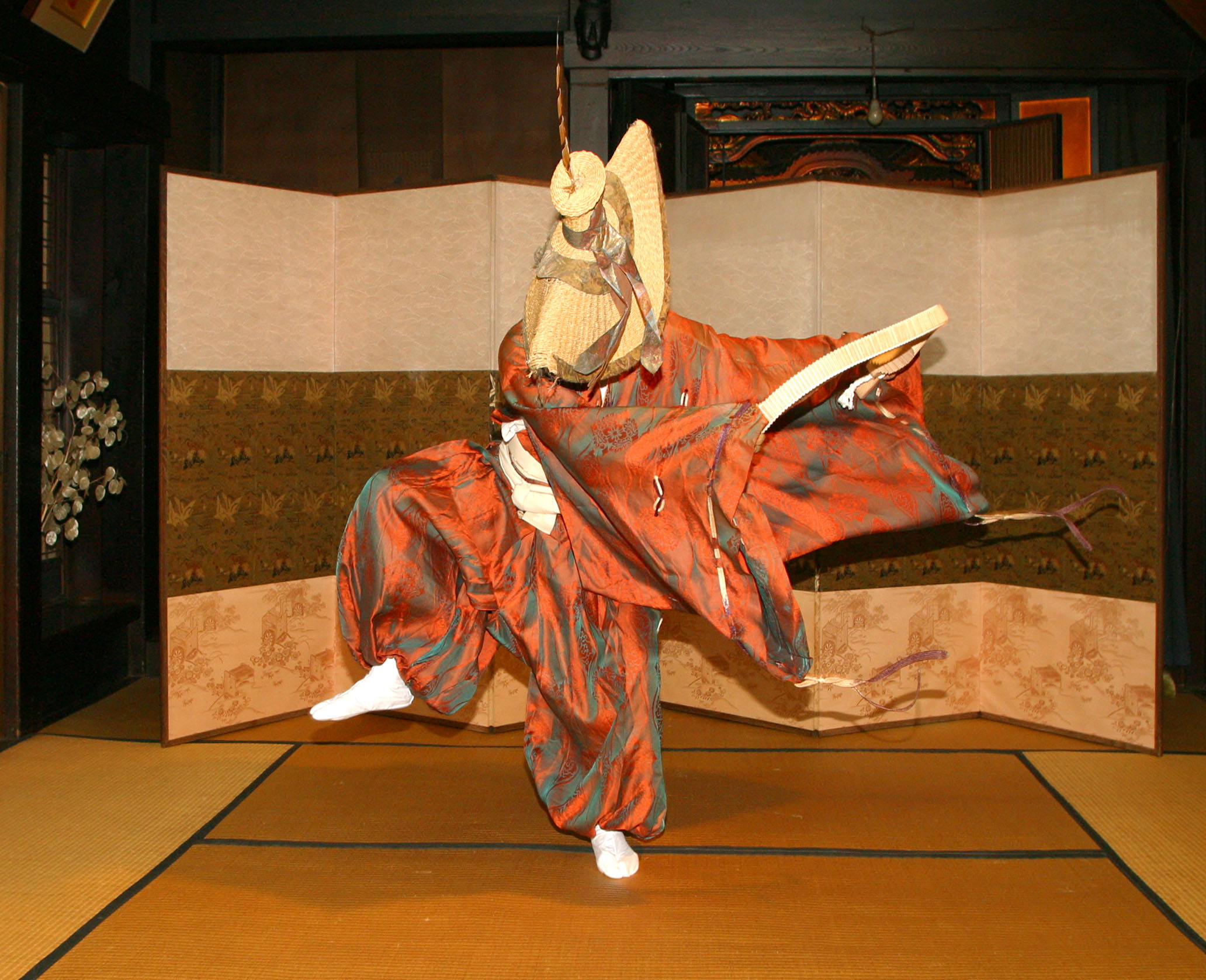
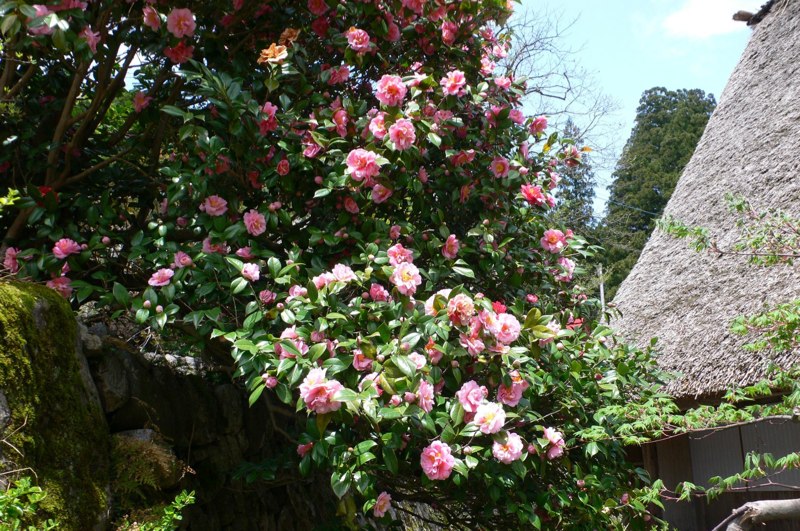


















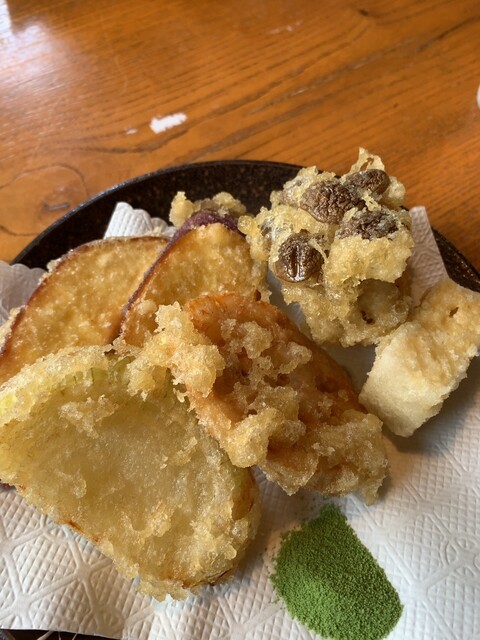
 ¥1,000~¥1,999
¥1,000~¥1,999
 -
-
